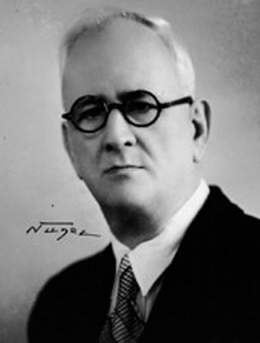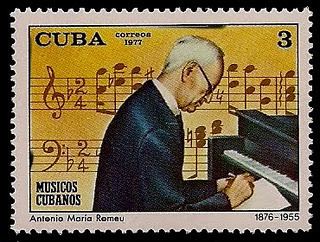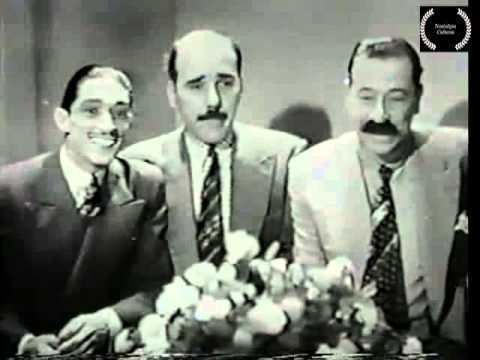Name Antonio Romeu | Role Pianist | |
 | ||
Albums Canta Barbarito Diez, Cuba Ayer, Boca Linda, Danzones Similar People Miguel Matamoros, Antonio Machin, Rosendo Ruiz | ||
Antonio Maria Romeu – Oyendo el Piano (Perlas Cubanas)
Antonio María Romeu Marrero (Jibacoa, Cuba, 11 September 1876 – Havana 18 January 1955) was a Cuban pianist, composer and bandleader. His orchestra was Cuba's leading charanga for over thirty years, specializing in the danzón.
Contents
- Antonio Maria Romeu Oyendo el Piano Perlas Cubanas
- Instrumental de danzones orq antonio maria romeu b avi by j chang
- Life work
- Compositions
- Songs
- References

Instrumental de danzones orq antonio maria romeu b avi by j chang
Life & work

Romeu studied music in 1884 with Joaquín Mariano Martínez, and practiced the piano at a local church by the beach in Jibacoa. At twelve he played at his first dance, and composed his first work. In 1899 he moved to Havana and played in cafés. He was invited to play in the Orquesta Cervantes, one of several charangas founded at the beginning of the 1900s. Charangas supplanted the típicas as the standard instrumental line-up for the danzón. Initially called charangas francesas (though they have nothing to do with France), they were 'invented' at the start of the 20th century. The basic idea was to pitch the tone of the orchestra higher and brighter than the típica, by removing the brass, replacing the clarinet with a flute and replacing the kettle drums with a new invention, the pailas criollas, now called timbales. The Orquesta Cervantes is the earliest known charanga to have included a piano.

Romeu founded his own orchestra in 1910. The initial line-up for Orchestra Romeu was: Romeu (piano); Feliciano Facenda (violin); Alfredo Valdés (flute); Rafael Calazán (double bass); Remigio Valdés (timbal); Juan de la Merced (güiro): quite a small group. By the 1920s the orchestra included Francisco Delabart (flute); Augusto Valdés (clarinet); Juan Quevedo (violin); Aurelio Valdés and Félix Vásquez (güiro); Antonio Ma. Romeu (son, violin); Pedro Hernández (violin); Dihigo (trumpet); Regueira (trombone) and José Antonio Díaz (flute). In the 1930s the orchestra added even more musicians, and became for a while a 'big band'. In wartime, with a diminution of tourism, the band reduced its size.
The danzón had been, since its beginning in the 1870s, an instrumental genre, but by 1927 bands began to include a singer. The Romeu band had initially Fernando Collazo in the role, who was replaced by Barbarito Diez in 1935. From the beginning, and throughout his career, Romeu employed musicians of all racial types, as Cuban bands had done since at least 1800.
When Romeu died, the orchestra was led for a while by his son, also Antonio María Romeu, then by Barbarito Diez. It still played the traditional danzón, but now was called the Orquesta de Barbarito Diez.
Compositions
Romeu wrote over 500 danzones, many of which have been adapted for other Cuban rhythms; some were completely original, others were adaptations of existing works. His most famous work was Tres lindas cubanas, which was an arrangement of a much older work. Other famous danzones were Siglo XX, La danza do los milliones, El servicio obligartorio, Cinta azul, El mago de las teclas, Jíbacoa, and La flauta magica (in collaboration with Alfredo Brito). Arrangements of Guarina and Perla marina (Sindo Garay), Mares y arenas (Rosendo Ruiz), Mercedes (Manuel Corona), Aquella boca (Eusebio Delfín), La cleptomanía (Manuel Luna) show his prowess as an arranger.
Songs
El clarín de la Selva
Linda Cubana
Eduvigis No Quiere Bronca
